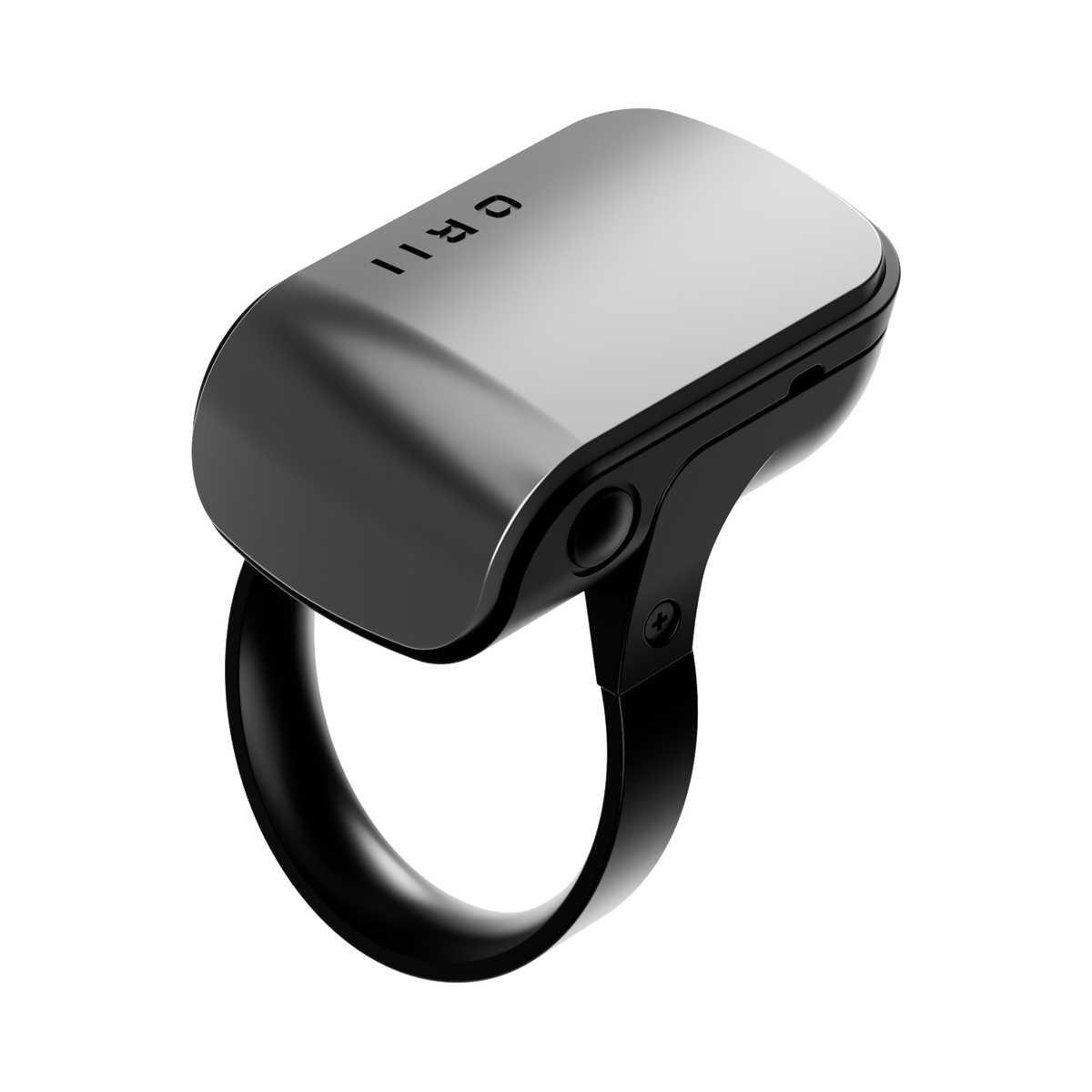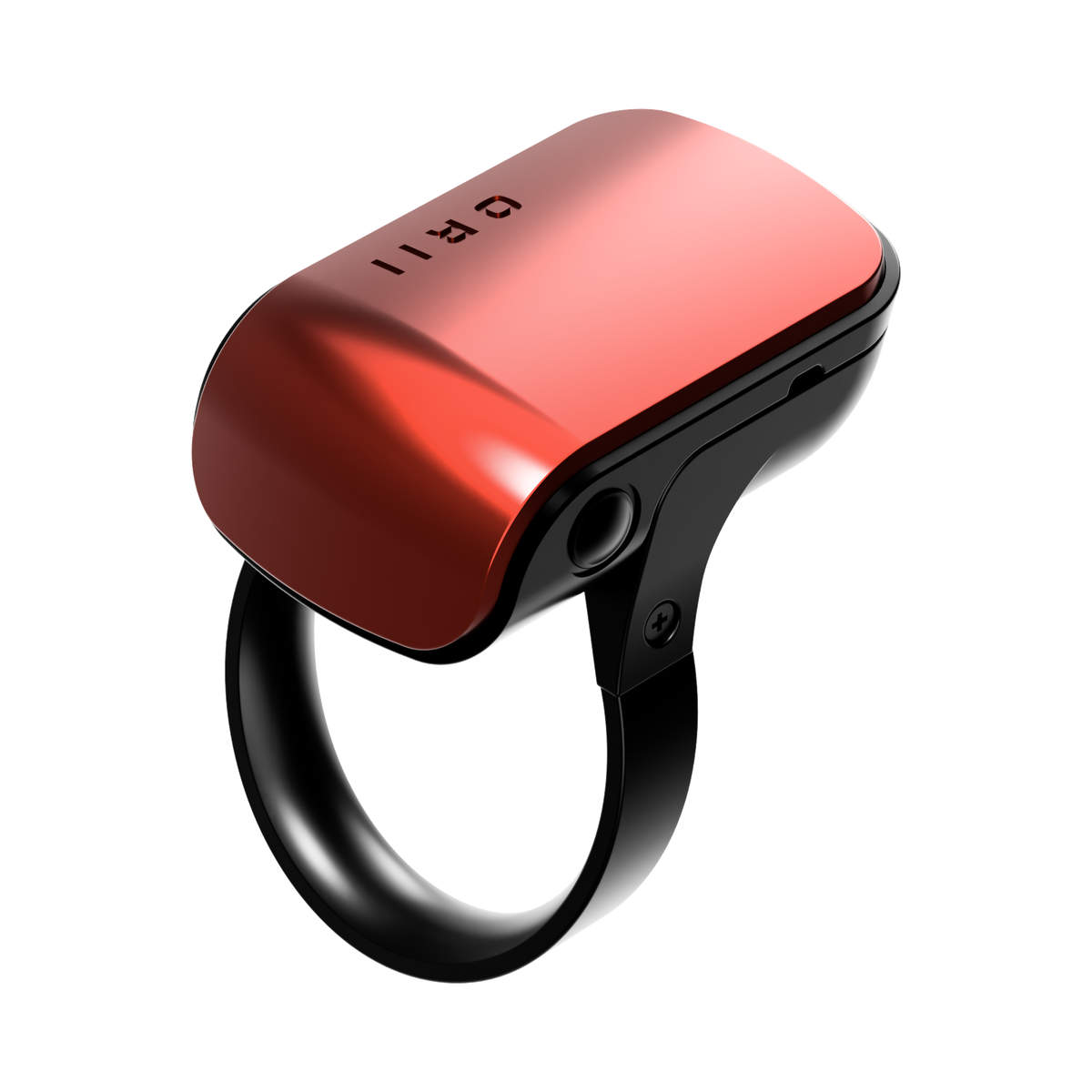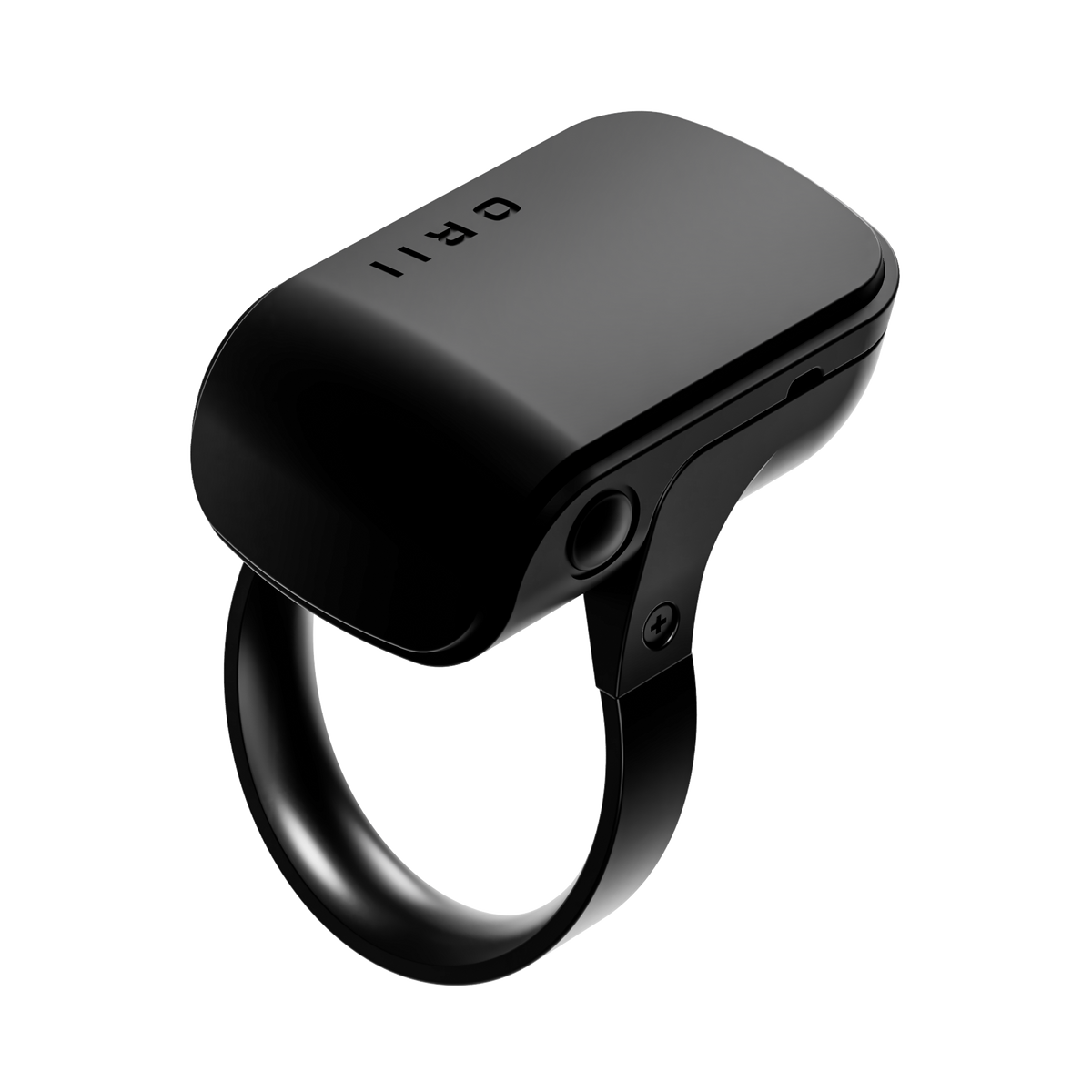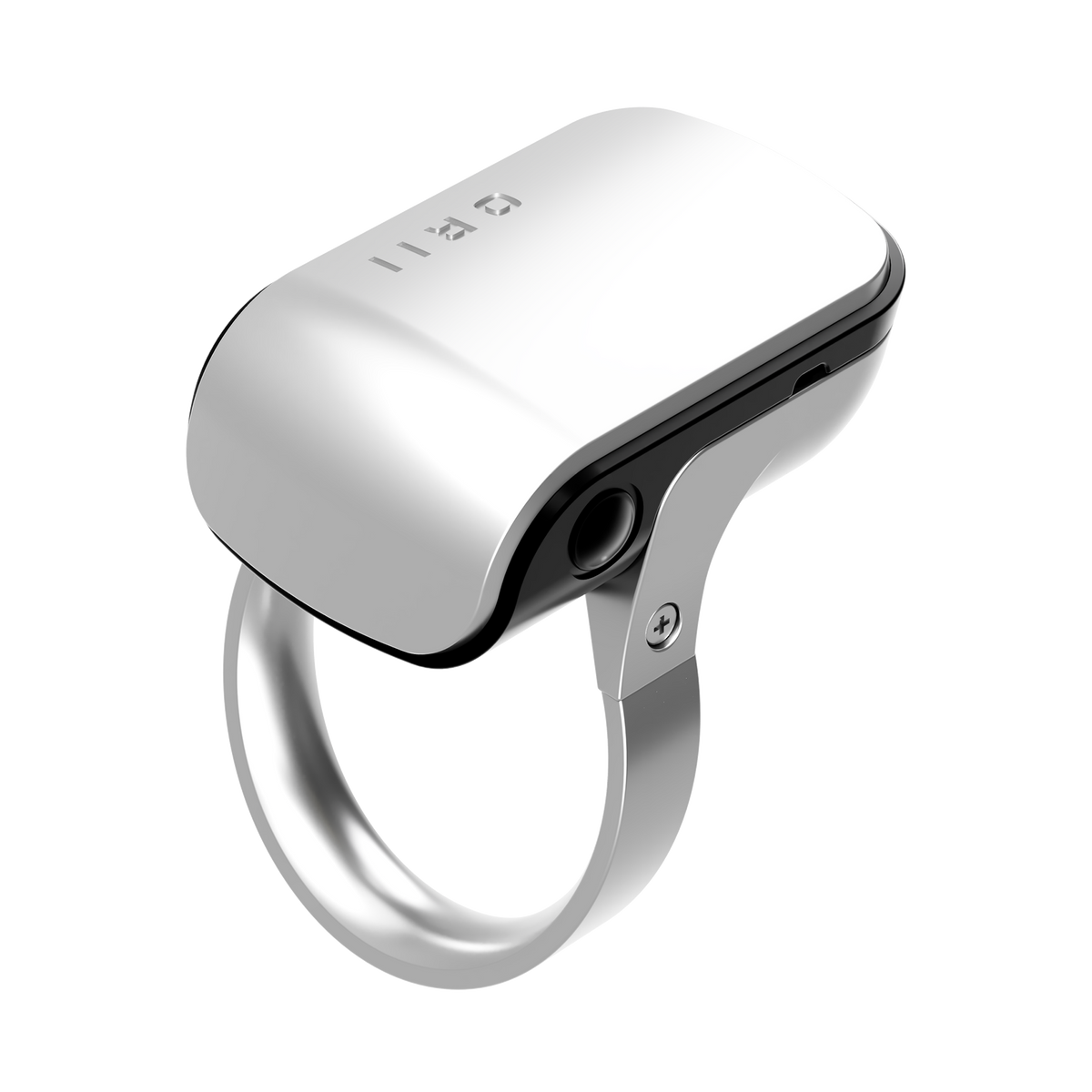From Siri and Google Assistant to more recently Alexa, the increasing penetration of voice assistant technology into consumer markets follows the undertone that a major user interface shift has already begun to occur. Specifically, the platform and method with which people interact with their technology will change from the “touch” and “swipe” of smartphones to now a more natural “speak.”
Voice-powered technology is the new future.
This contemporary trend parallels the same platform and interfaces replacement from web pages and the PC to now, applications and the smartphone. The proportion of voice assistant users are projected to almost double in 2020 from 2016, and the trend will only continue to grow steadfast.
Major technology brands are in a tight race to defend their highest profit channels against this future progression as well as capture emerging opportunities in the volatile field. Three of the most sophisticated existing voice assistants include Siri, Google Assistant, and Alexa, which are respectively attempting to dominate in revolutionizing smartphone control, ad search, and e-commerce.
There is often a media-driven misrepresentation of a voice assistant’s capabilities that tend to fuel the hype around artificial intelligence and machine learning developments. We are quick to envision being able to hold conversations with Alexa, Siri, or Google Assistant when in fact, current technology is still very far from reaching this vision.
Instead, the focus should be placed at its greatest value, that is the ability for the voice assistant to simplify daily tasks significantly, offering a dynamism to previously flat person-to-device interactions.
Currently, only about 30% of US individuals use their voice assistants, and the proportion is only expected to grow 1.3% for the next year; given the sophistication of system processing available for American English speakers, the number of actual users is staggeringly low. So now the questions remain:
Is this really the next user interface? Are voice assistants really going to replace smartphone use just as smartphone use replaced PC use?
Judging by its current capabilities, that vision feels extremely unlikely at the moment. Voice assistants have many recognizable issues; some are rooted in the sophistication of the processing system, while others are rooted in how this technology has been embedded and is expected to be used. The majority of research and development is devoted to the earlier part as explained earlier. The latter set of problems is hardly addressed.
Voice assistants have difficulty picking up voice inputs because of proximity issues, and using a voice assistant in public situations still appears awkward. The need to keep smart devices very close while having to reveal the input and output loudly makes voice assistants very unattractive alternatives to the more discreet typing and swiping of the smartphone.
This is where ORII comes in.
The inability of voice assistants to gain mainstream momentum is due to two fundamental issues: distance dependency and non-discreet interactions. The design behind ORII is aimed at alleviating those two issues, placing the voice assistant at the user’s fingertips and using bone conduction technology to keep the output private to the user but still audible in loud environments.
As voice assistant software continues to advance, the methods of interacting with the technology should also advance in return. Voice-powered interactions between people and devices will drive a screen-free future, and ORII is at the forefront of this move.




